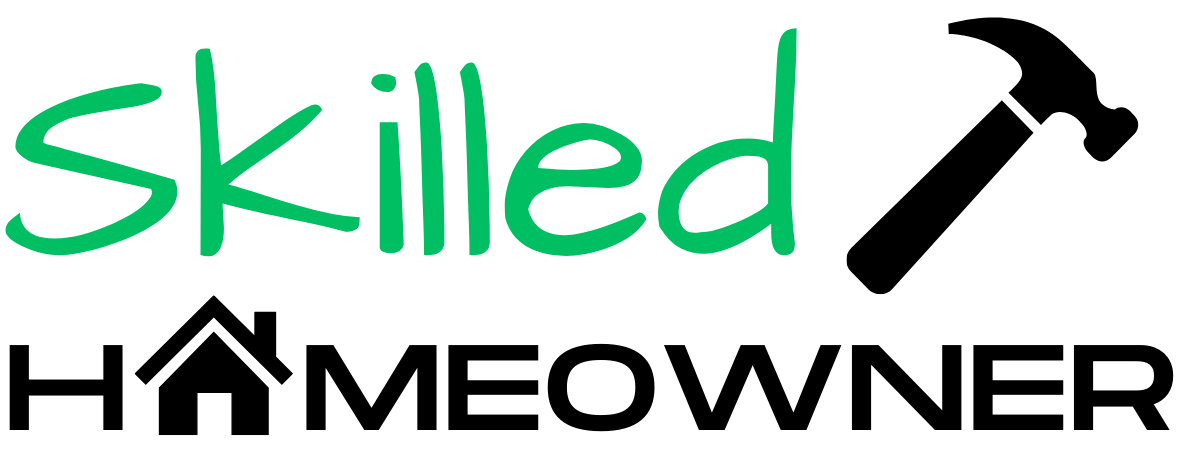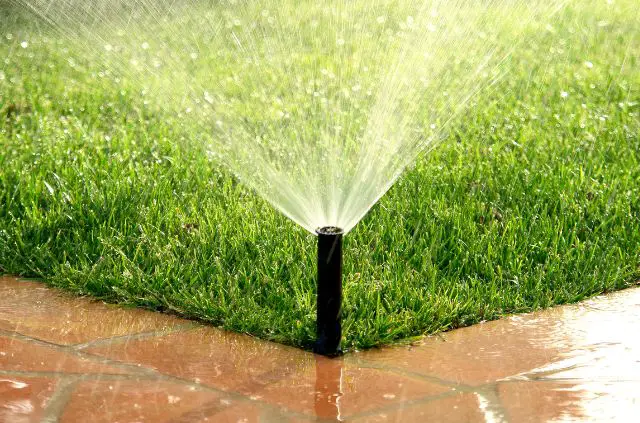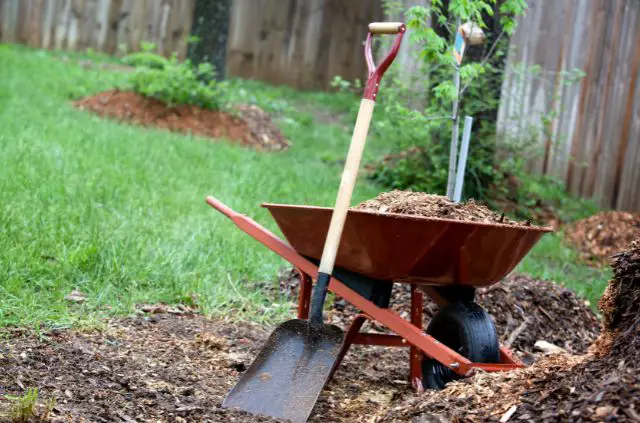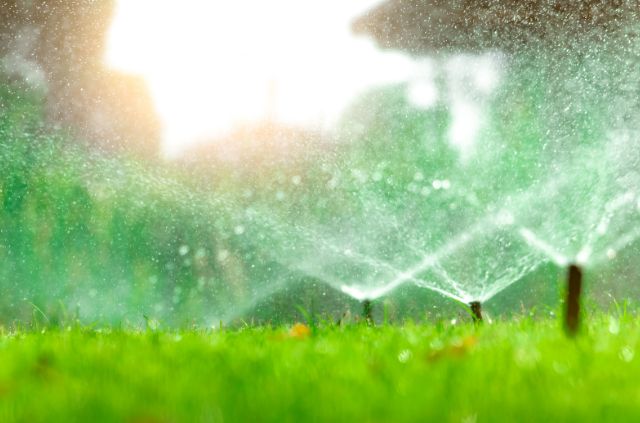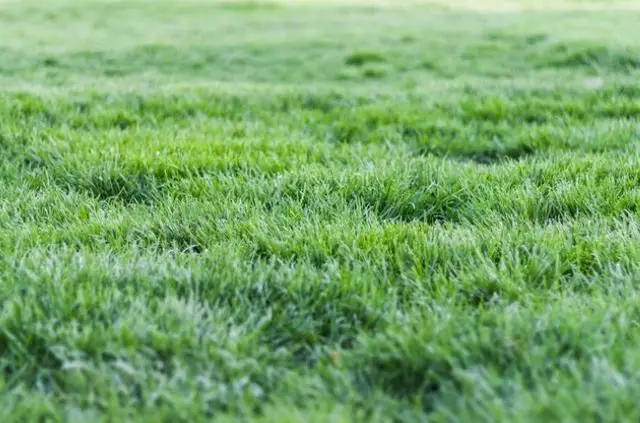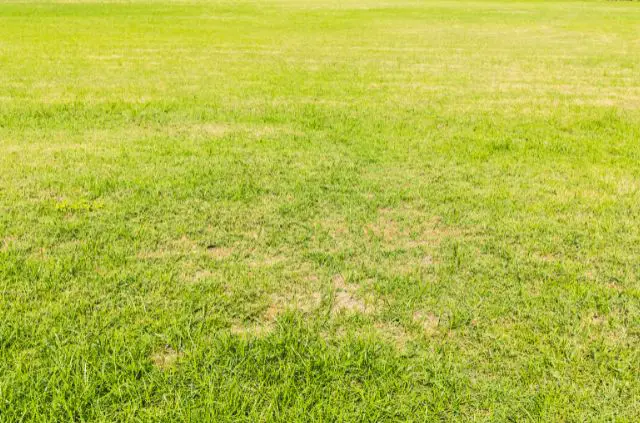Should You Mow or Edge First?
Should you mow or edge first? This is one of the most common questions when it comes to landscaping. But the answer is quite simple when you break it down.
Edging your lawn before mowing will make the job much easier. It will allow you to clean up grass clippings with a lawn bower bag attachment. Continue reading to learn more about this process.
What is Lawn Edging?
Edging is a landscaping task where a cut is made around the perimeter of a lawn. The edge creates a line in the grass between sidewalks, driveways, and similar flat surfaces.
The idea behind lawn edging is to emphasize where grass meets the hardscape. When done correctly, edging creates clean boarders and a crisper, more professional looking yard.
Should I Edge My Lawn?
Using an edger around your house may not be for everyone. There’s no reason to use an edger if you prefer moss on pavers, wildflowers, and a more natural appearance.
But if you enjoy making stripes in your lawn and like a more tidy look, consider lawn edging. Just know that edging (before or after you mow) will require more time and effort.
Should You Mow or Edge First? (Step-by-Step)
Edging your lawn is a fairly straightforward process. But you should follow the below steps in order, if you want to get the job done in a clean and timely manner.
1. Pick Up Debris
Just like you clean up before mowing, it’s critical to pick up any debris before using an edger. Any leaves, sticks, twigs, and other things will get in your way during the process.
This will have a negative impact on the job. For one, debris will get in your way when using the edger and prevent you from creating clean lines. But debris can also create a safety risk if they bounce back on you.
2. String Trim First
This is an important step to follow, especially if it’s later in the season. If you haven’t kept up with the edges, you will need to use a string trimmer first to remove a majority of the bulk.
Start by holding the string trimmer upside down and walk along the edge. Make sure not to cut past the concrete line and go into the lawn. The lawn edger will be much more precise for this area.
3. Use the Lawn Edger
Now that the majority of the grass has been removed from the sidewalk, you can use a lawn edger to fine tune the perimeter. Place the blade about 1″ down into the ground for the best cutting depth.
It helps to keep the blade as straight as possible during the edging process. This will make the lines straighter and leave your yard with a cleaner look. You can practice by going slow at first.
4. Clean Walkways
You can use a leaf blower to clean the walkway once you’re done edging. It doesn’t matter if you’re working with a sidewalk, driveway, or patio. Grass clippings will be everywhere after edging.
Take your leaf blower and direct it towards your lawn. You want to blow the debris on this area, so your lawnmower can pick them up. Make sure to avoid blowing any lawn clippings onto your neighbors yard.
5. Bag with a Mower
You can finish up now that we’ve answered the following question: should you mow or edge first? Using a lawn mower with a bag attachment will easily pick up all of the grass clippings left behind.
That’s why it’s so important to direct the debris onto your lawn with a leaf blower. No bag? No problem. Try changing your lawn mower to the mulch setting so you can break up the grass clippings even further.
Lawn Edging Tips
Lawn edging is one of those tasks that can look really easy. But the truth is, it takes practice and a little bit of skill to get this job done correctly.
Set the Height
One of the most common lawn edging mistakes is pushing the blade too far into the ground. Doing this will clean up the edge, but it will also cause the blade to wear down much quicker.
The edging blade only needs to make contact with the lip of a sidewalk. In other words, you shouldn’t be pushing the edger more than 1″ into the ground. This trick will save you money on blades in the long run.
Deeper isn’t Better
This tip also relates to setting the blade height. The deeper you edge only brings up more dirt. The main point here is that you should be cutting grass – not digging up dirt (and your lawn).
Following this practice will not only harm your lawn, but it will also make for more clean up at the end. So, don’t go too deep, because creating more dirt means you are going below the grass roots.
Keep the Tool Straight
If you’re looking to create a perfectly clean edge, it’s essential to keep the edger straight. Leaning the tool in one direction will leave you with uneven lines and make the job look not as good.
Remember to be patient, as this skill does take some time to learn. It’s natural for beginners to make mistakes. After all, you will need to keep the edger still whenever walking forward, or backwards.
Conclusion
We hope you have learned that edging should always come before mowing. The biggest takeaway from this argument is that it will be much easier to clean up grass clippings, created by the edger.
When using a lawn mower with a bag attachment, you can ride over the areas that have just been edged. Don’t forget to use a leaf blower and direct all of the debris onto your lawn before doing this.
This can even be done if your lawn mower doesn’t have a bag attachment. Just put the machine to the mulch setting to break up grass clippings. This will create a natural compost for your lawn.
Search Terms
- Should you mow or edge first?
- How to edge lawn before mowing
